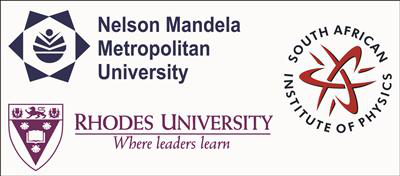Speaker
Please indicate whether<br>this abstract may be<br>published online<br>(Yes / No)
yes
Main supervisor (name and email)<br>and his / her institution
Phil Ferrer
Abstract content <br> (Max 300 words)<br><a href="http://events.saip.org.za/getFile.py/access?resId=0&materialId=0&confId=34" target="_blank">Formatting &<br>Special chars</a>
Parabolic trough solar technology is the most proven and lowest cost large-scale solar power technology available today, primarily because of the nine large commercial-scale solar power plants that are operating in the California Mojave Desert, (Hank P. et al, 2002). The technology involves collection of energy from the sun using parabolic trough shaped concentrating mirrors. The mirrors direct sunlight to a focal line where a receiver pipe or heat collection element (HCE) is positioned. In solar electricity generating systems (SEGS), electricity generated by a power block depends on the quantity and temperature of the Heat Transfer Fluid (HTF) delivered by the solar field. We have demonstrated the possibility of increasing the input temperature to the power block in the SEGS through the use of heat reflections within the solar receiver.
The work presents thermal interactions involving infrared radiation reflections in a solar receiver. A 3D simulation of the thermal processes was done to get realistic results. Three different heat reflecting materials were used in comparing the Hot Mirror effect with a bare absorber surface. The work shows a much higher HTF output temperature for Indium Tin Oxide. Permutations of optical properties for hypothetical surfaces provided insight into optimum heat reflectance and solar transmittance.
Level for award<br> (Hons, MSc, <br> PhD, N/A)?
Phd
Apply to be<br> considered for a student <br> award (Yes / No)?
yes
Would you like to <br> submit a short paper <br> for the Conference <br> Proceedings (Yes / No)?
No

